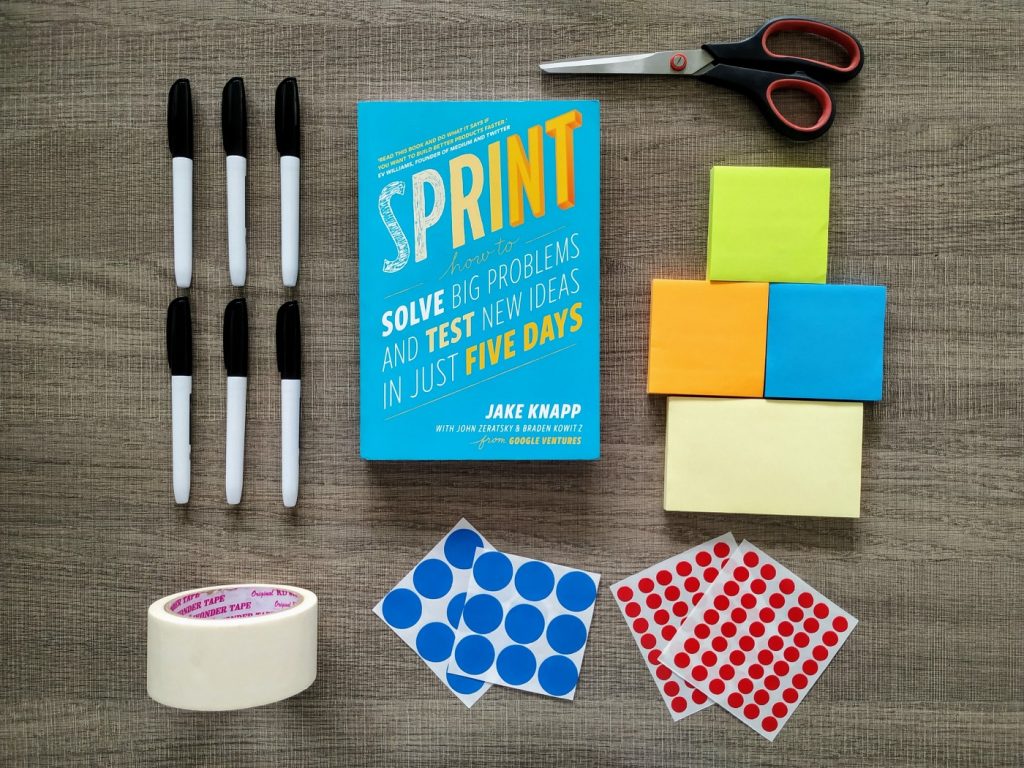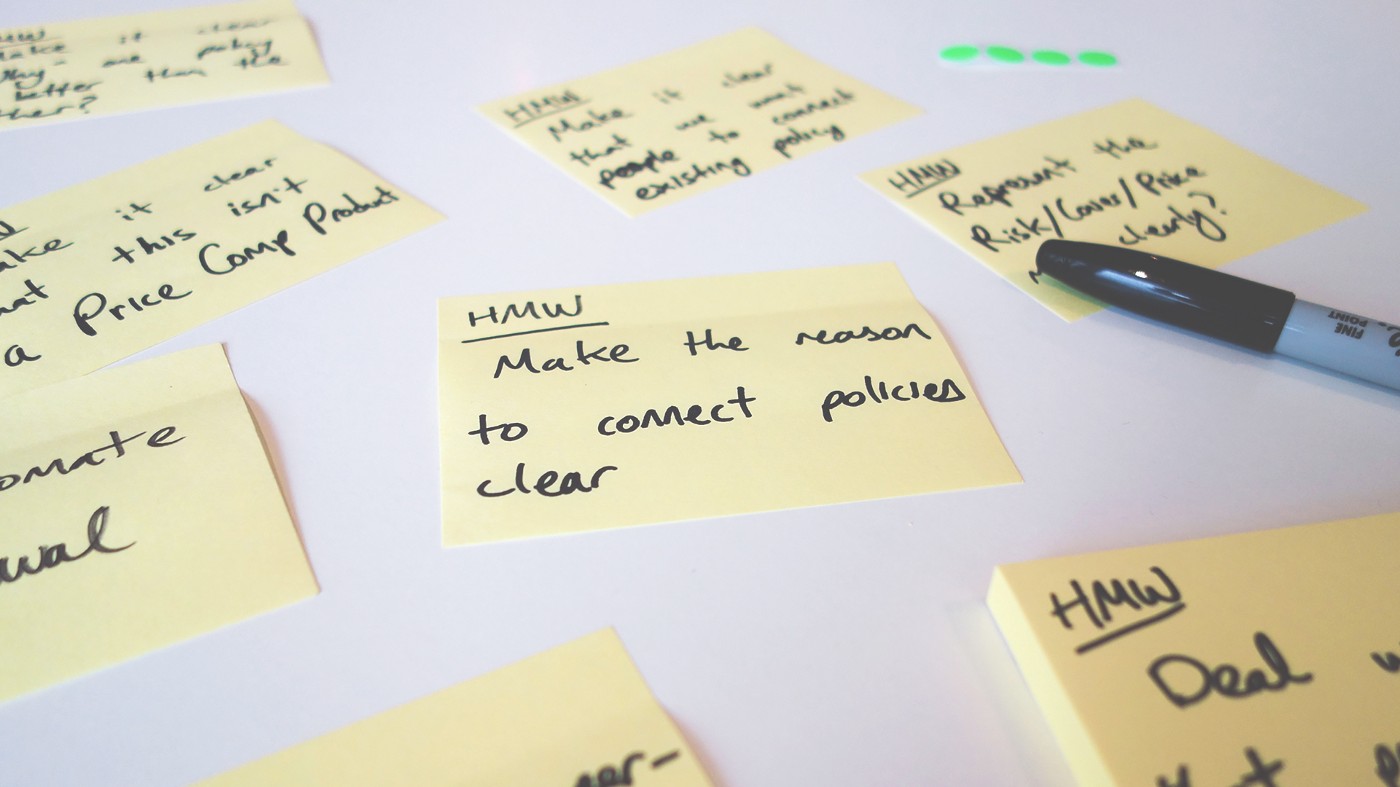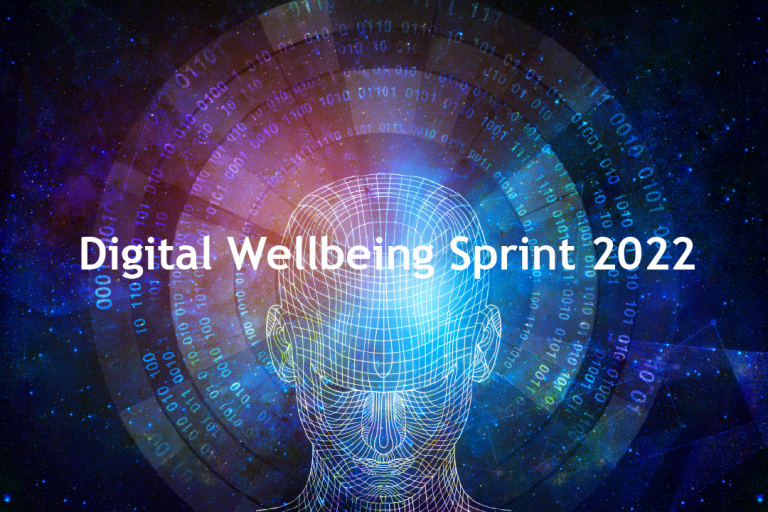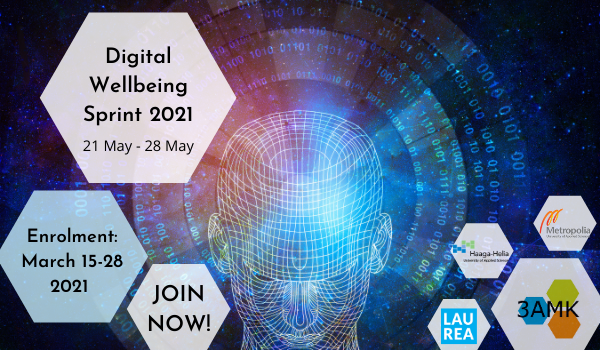What’s a Design Sprint and why it is important?
Recently I got an opportunity to participate in the Digital Wellbeing Sprint which was organized by 3UAS (Haaga-Helia, Laurea, and Metropolia). It is a seven days sprint that starts with the team building at the beginning of the sprint and ends with the pitching session. Digital Wellbeing Sprint is designed to solve the problems that have high stakes and to test out the business that you have and it only includes the method that is absolutely essential for your business. Each day in the sprint revolves around a specific topic mapping a target, sketching competing solutions, deciding the best, prototyping the realistic, and testing with the target customers. The well-defined time constraint makes it easier to focus on the most important aspects and get things done.
A design sprint is a unique process for validating ideas and solving big challenges through prototyping and testing ideas with customers. The original concept was adopted from Jake Knapp’s book. Back in 2010, he designed a process or method of working, that allows companies to develop their products and solutions much faster way. In order to develop a rapid method for solving problems what they came up with and refined is the sprint method and it’s a method that we can use to solve problems that have high stakes not enough time or we are just playing stuck on or we could use this method to test out that new business idea that we have. Let’s condense down the method to only include things that I consider absolutely essential. First, gather some supplies and get a large whiteboard marker with 3×5 post-it notes and some dot stickers.

Gather a team of fewer than seven people and elect a decider, the decider is typically the person who is ultimately responsible for the outcome it’s commonly the product manager or could be a CEO of the startup company. We need to set up a few interviews with end-users or target customers these interviews will be conducted on the last day of the sprint.
Here is how the Sprint works:
- Target Mapping: First we need to create a map start with the end in mind think of the happy ending be optimistic about our long-term goal it could be as simple as people buying our product or people enrolling in a program. The next list is of customers or a facilitator like a sales team in the story these are characters that we are trying to get to our end result. Once we have our map laid out on the wall we are going to bring in experts and ask them does this map looks right and what are we missing after the experts have filled-in some gaps we are going to be pessimistic which means we need to put ourself in a year in advance when everything turned out to be a disaster and we ask ourself what went wrong and write down the long list of potential issues and then we convert these issues into how might we question reframes challenges and problems as opportunities how much we get the customer to click this button the author say that reading of the how might we list feels a lot better than reading the problem list. We write down these how might we questions on 3×5 post-its and we put them on a wall then the team goes into the silent voting mode it’s silent because you prevent group thinks you prevent social persuasion we allow people to freely make their own decisions. Silent voting involves team members getting two dots and placing them on two how might we cards the deciders get four dots place them on four how might we cards then we grab all the how might we cards that have dots and try to place them back on the map soon we will recognize one event on the map you need to focus on and one actor that we need to focus on these are now your targets for the sprint.
- Sketch: Now it’s time to get team members to give minutes of pitches on potential solutions. The team elects a facilitator to sketch a quick drawing on the whiteboard of each idea this idea pitching session will last for about two hours after that team will go into a silent sketching mode each team member this entire sketching process may take you up to two hours.
- Decide: Now we gather everyone’s solution sketches and then we ask people to use 20 dot stickers to place their dots on interesting solutions then the team gathers around and identifies the highest clusters of dots then team discusses the pros and cons of each potential solution that has been identified by clusters of dots this structured approach allows the team to waste very little time there is no lengthy discussion and all ideas are critiqued one at a time then after that team gets together and tries to combine those three solutions into a longer storyboard a script for what they are going to try to be prototyping.
- Prototype: The prototype basically looks like a finished product but it’s just not functional. The purpose of the prototype is to gain people’s initial reaction to determine whether the solution is viable?. The prototype can be done simply by using a keynote or PowerPoint.
- Test: 85% of the problems were observed after just people were interviewed. Interviewing people provides diminishing returns, so we interview one at a time when the prototype is got introduced and we ask them to speak about the prototype to get what they feel and think about the prototype, the key is to focus on surprising details. After all the interviews the team gathered together and discuss the long-term goal.
This design sprint is pretty much applied to any type of the project and its success is predicated on getting the right team in place and identifying the right challenge so it’s not too broad and setting aside the time and effort to focus on the problem obviously you can’t run every decision through a sprint design cycle but it can accelerate the key decisions and set your project on the right path.
To wrap up, I would like to say that I am very grateful that I got a chance to facilitate Digital Wellbeing Sprint. It was really a joy and amazing to team up and work with the whole tutor crew: Yash, Viljami, Arifa, Liisa, Laura, and the most supportive and focused Tiina. Thank you to all our teachers Merja Lahdenperä, Päivi Mantere & Jarmo Sarkkinen, and a special thank you to the hardworking and encouraging Elena Howlader.
Sincerely, Ashrika Agarwal






